Growing Demand for Sterile Products
The increasing demand for sterile pharmaceutical products is a key driver for the Global Isolator-Based Aseptic Filling System Market Industry. As healthcare standards evolve, the need for contamination-free environments becomes paramount. This trend is particularly evident in the production of biologics and parenteral drugs, where aseptic conditions are critical. The market is projected to reach 3.82 USD Billion in 2024, reflecting a robust growth trajectory. Manufacturers are investing in isolator-based systems to enhance product safety and efficacy, thereby addressing regulatory requirements and consumer expectations. This shift towards sterile manufacturing processes is likely to continue, further propelling market expansion.
Market Expansion in Emerging Economies
The expansion of the Global Isolator-Based Aseptic Filling System Market Industry in emerging economies is noteworthy. Countries in Asia-Pacific and Latin America are witnessing a surge in pharmaceutical manufacturing capabilities, driven by increasing healthcare investments and a growing population. This trend is fostering a demand for advanced aseptic filling technologies to meet international quality standards. As these regions enhance their manufacturing infrastructure, the adoption of isolator-based systems is likely to accelerate. This market expansion presents opportunities for manufacturers to tap into new markets, thereby contributing to the overall growth of the aseptic filling system industry.
Rising Investment in Biopharmaceuticals
The surge in biopharmaceutical investments significantly influences the Global Isolator-Based Aseptic Filling System Market Industry. With the biopharmaceutical sector experiencing rapid growth, driven by the development of novel therapies and biologics, the demand for aseptic filling systems is on the rise. Companies are increasingly adopting isolator-based systems to ensure the sterile handling of sensitive biological products. This trend is expected to propel the market, with projections indicating a growth to 6.76 USD Billion by 2035. The focus on biopharmaceuticals not only enhances the need for advanced aseptic filling technologies but also aligns with the industry's commitment to innovation and quality.
Regulatory Compliance and Quality Standards
Stringent regulatory frameworks and quality standards are fundamental drivers of the Global Isolator-Based Aseptic Filling System Market Industry. Regulatory bodies, such as the FDA and EMA, impose rigorous guidelines for aseptic processing to ensure patient safety. Compliance with these regulations necessitates the use of advanced aseptic filling systems, which can effectively minimize contamination risks. As the pharmaceutical industry continues to prioritize quality assurance, investments in isolator-based systems are likely to increase. This focus on regulatory compliance not only enhances product safety but also fosters consumer trust, thereby contributing to the market's growth trajectory.
Technological Advancements in Aseptic Filling
Technological innovations play a pivotal role in shaping the Global Isolator-Based Aseptic Filling System Market Industry. The integration of automation, robotics, and advanced monitoring systems enhances operational efficiency and reduces human intervention, which is crucial for maintaining aseptic conditions. For instance, the adoption of real-time monitoring technologies allows for immediate detection of potential contamination risks. As these technologies evolve, they are expected to drive market growth significantly. The anticipated CAGR of 5.33% from 2025 to 2035 underscores the potential for further advancements in aseptic filling technologies, enabling manufacturers to meet increasing production demands while ensuring product integrity.


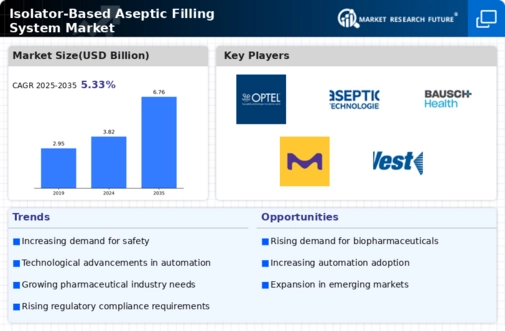

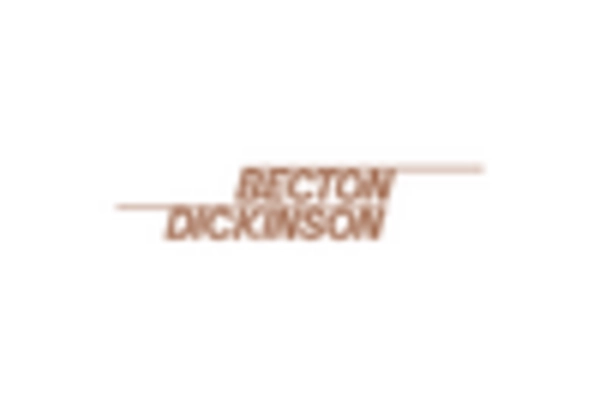
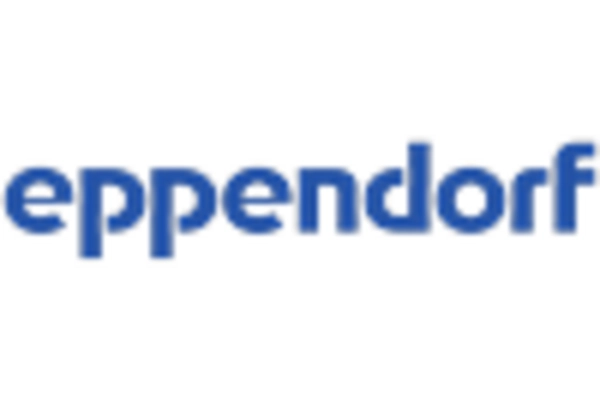
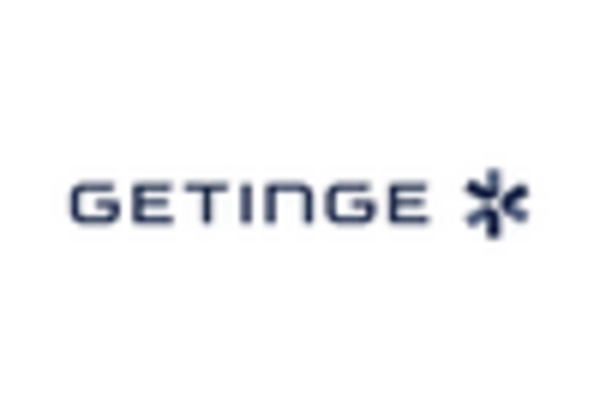

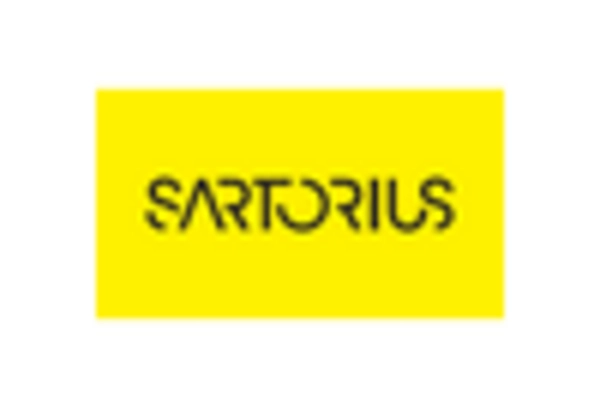








Leave a Comment